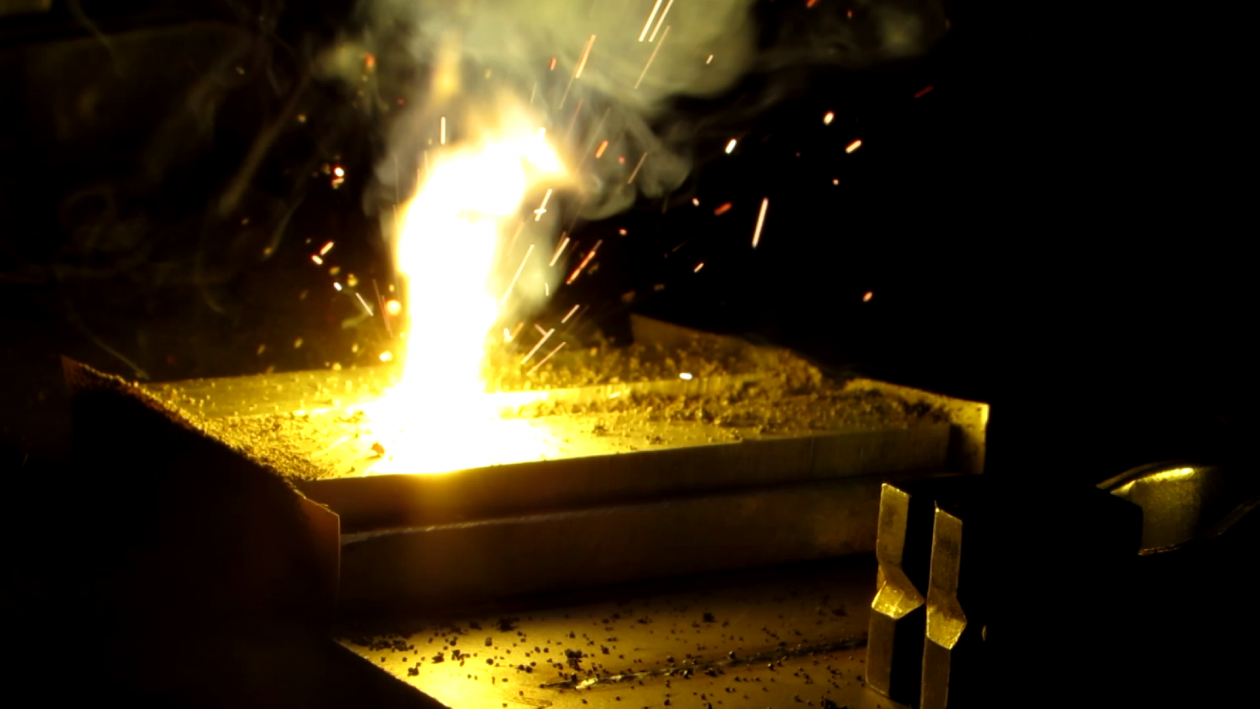Welding duplex steels in a reproducible and efficient way using the laser
So far, laser beam welding processes could not prevail for duplex steels in the field of thick sheet metals. The LZH now wants to change this in the project DupLUH.
Duplex steels are used in many fields of application because of their outstanding properties in terms of strength and toughness combined with good corrosion resistance. So far, thick duplex steels are joined using multi-layer arc-welding processes.
The LZH is now working on the development of a reproducible and efficient laser-beam sub-powder hybrid welding process for duplex steels up to a thickness of 30 millimeters.
Heat conduction for a good structure
Duplex steels are characterized by a structure ratio of 40% delta ferrite and 60% austenite. During the welding process, attention must be paid to the heat conduction to avoid structural changes. A too high cooling time can lead to segregations (nitrides and intermetallic phases) as well as to a brittle coarse grain zone. On the other hand, a too low cooling time leads to a low austenite formation. Therefore, the LZH wants to achieve the required structure with a controlled heat conduction.
In the arc welding processes used so far, a multi-layer procedure is necessary. In addition, there is an elaborate seam preparation and high filler consumption. Previously, pure beam welding processes could not prevail in practice due to the formation of an unfavorable delta ferrite-austenite ratio.
The recommendation to be developed in the research project will allow plant manufacturers, semi-finished product manufacturers, power source manufacturers, and laser beam source manufacturers as well as component manufacturers to expand their service capability and to open up new markets.
About DupLUH
In the project "Joining duplex steels using laser-beam UP hybrid welding" (DupLUH), the LZH is cooperating with the Fraunhofer Institute for Machine Tools and Forming Technology (IWU). The advisory committee for the project covers different industrial sectors with different competencies and interests.
The IGF project with the grant number 20736 BG of the Forschungsvereinigung Stahlanwendung e. V. (FOSTA) is funded by the Federal Ministry for Economic Affairs and Energy (BMWi) through the AiF as part of the program for the promotion of industrial joint research (IGF) based on a decision of the German Bundestag.

